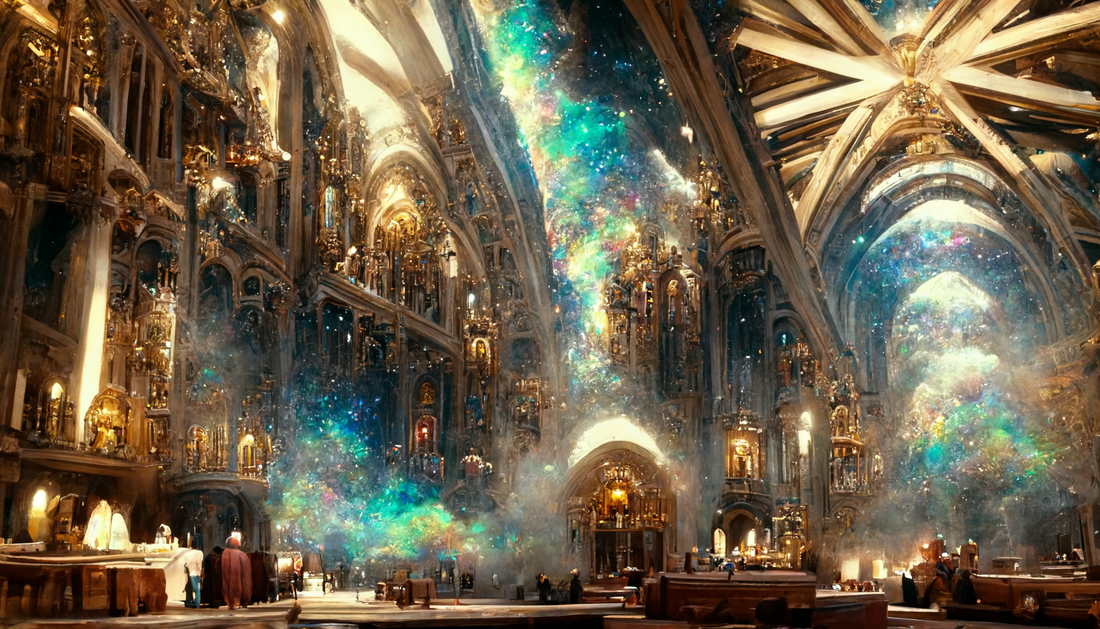
Beyond the Frame: Lucky Star on the Impact of Digital Art
One of the most transformative aspects of digital and AI art is its ability to open up the creative process to a broader range of individuals. These technologies break down barriers that previously made art creation exclusive to those with extensive physical training and skill development. Now, the emphasis is on the power of ideas and creativity, unhindered by physical limitations. This shift is particularly important in offering individuals with physical challenges an accessible platform to fully express their artistic vision through their minds.
However, the rise of digital and AI art does not overshadow traditional art forms. On the contrary, traditional art continues to hold a distinctive and respected place in both fine and modern art. The tactile experience of creating by hand, the personal touch, and the direct connection between artist and medium are irreplaceable qualities that technology cannot replicate. Traditional art celebrates our human ability to create with both hands and heart.
Instead of viewing digital and AI art as a replacement for traditional mediums, we should appreciate them as complementary forces. Together, they broaden the range of artistic expression, enriching the art world and ensuring that every artist, regardless of their chosen medium, has a platform. Moving forward, the coexistence of digital, AI, and traditional art forms will continue to deepen our cultural landscape, demonstrating the limitless potential of human creativity, both with and without technology.

